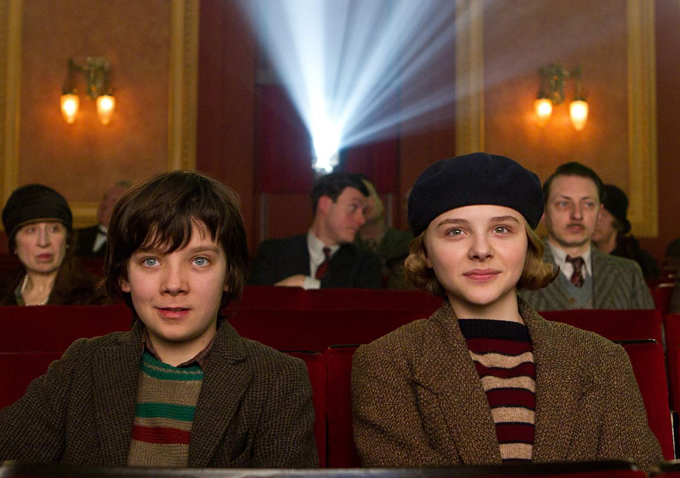 "We started this in ‘02, and I was like, ‘You know, we’re going to shoot 35mm negative. And I think it’ll still be around 12 years for now,’" Richard Linklater recently told The Verge about "Boyhood." "It felt like it was sort of the end of that era." But even the filmmaker, who is still a strong advocate for the analog format, couldn’t have predicted that just one year after his Oscar nominated film premiered in Park City, the Sundance Film Festival wouldn’t show anything on 35mm at all.
"We started this in ‘02, and I was like, ‘You know, we’re going to shoot 35mm negative. And I think it’ll still be around 12 years for now,’" Richard Linklater recently told The Verge about "Boyhood." "It felt like it was sort of the end of that era." But even the filmmaker, who is still a strong advocate for the analog format, couldn’t have predicted that just one year after his Oscar nominated film premiered in Park City, the Sundance Film Festival wouldn’t show anything on 35mm at all.
That’s the surprising revelation that comes from Holden Payne, the Technical Director of Exhibition and Projection of the Sundance Film Festival, in an interview with No Film School. "This is actually the first year that we do not have any 35mm in our history. We are showing a 16mm short this year, though a couple of years ago we took 16mm out as an accepted format. We kind of made an exception. It’s a hand-painted 16mm short — I’m spending way too much time to play a 3-minute short, but it was something that I felt compelled to do just because it was a film," he explained. "We are primarily showing DCP and HD-Cam, and I’m quickly seeing HD-Cam drop off as well. We will not present films in Blu-ray, but we accept it as a backup format and we will only play it if we cannot get the primary format to play."
This isn’t due to any policy on behalf of the festival — according to their 2015 submission guide, 35mm is an accepted projection format for selected films — but rather, what seems to be the result of and industry wide shift. Particularly in the independent film world, shooting on film, and getting prints made, can cripple a budget and add more production time on a schedule, especially with the dwindling number of places that are still developing film stock. Going digital is an easier, more economical route for many filmmakers, and, even in 2014, only a very small number of movies arrived in Park City in canisters.
"35mm is still going to be around for archive and stuff," Payne opines about the future of the format. "It’s just — I used to outfit every one of our theaters, and last year I showed three films on 35mm. Like I said, this year is the first year in the festival’s history that no 35mm’s going to be shown. It’s kind of a bellwether year, but it’s still a beautiful format."
So, are folks like Christopher Nolan, Quentin Tarantino, Paul Thomas Anderson, and other filmmakers who are fighting to save print formats raging against the dying of the light? Certainly, though they won’t go quietly as another ally, Richard Linklater, adds his voice to the mix. "I sign every petition and I am a film guy," he told HitFix. "Technology is going to happen. We hope film never goes away. It is a good palette choice. …I have been running a film society in Austin for almost 30 years and we show films the way they were shot, 35 millimeter, prints, very important, the exhibition process. I am as concerned about exhibition process going away as much as film."
Thoughts? Does print versus digital matter to you? Or at the end of the day, do you have want to a good movie no matter how it’s delivered? Let us know in the comments section.
Browse through all our coverage of the 2015 Sundance Film Festival by clicking here.

